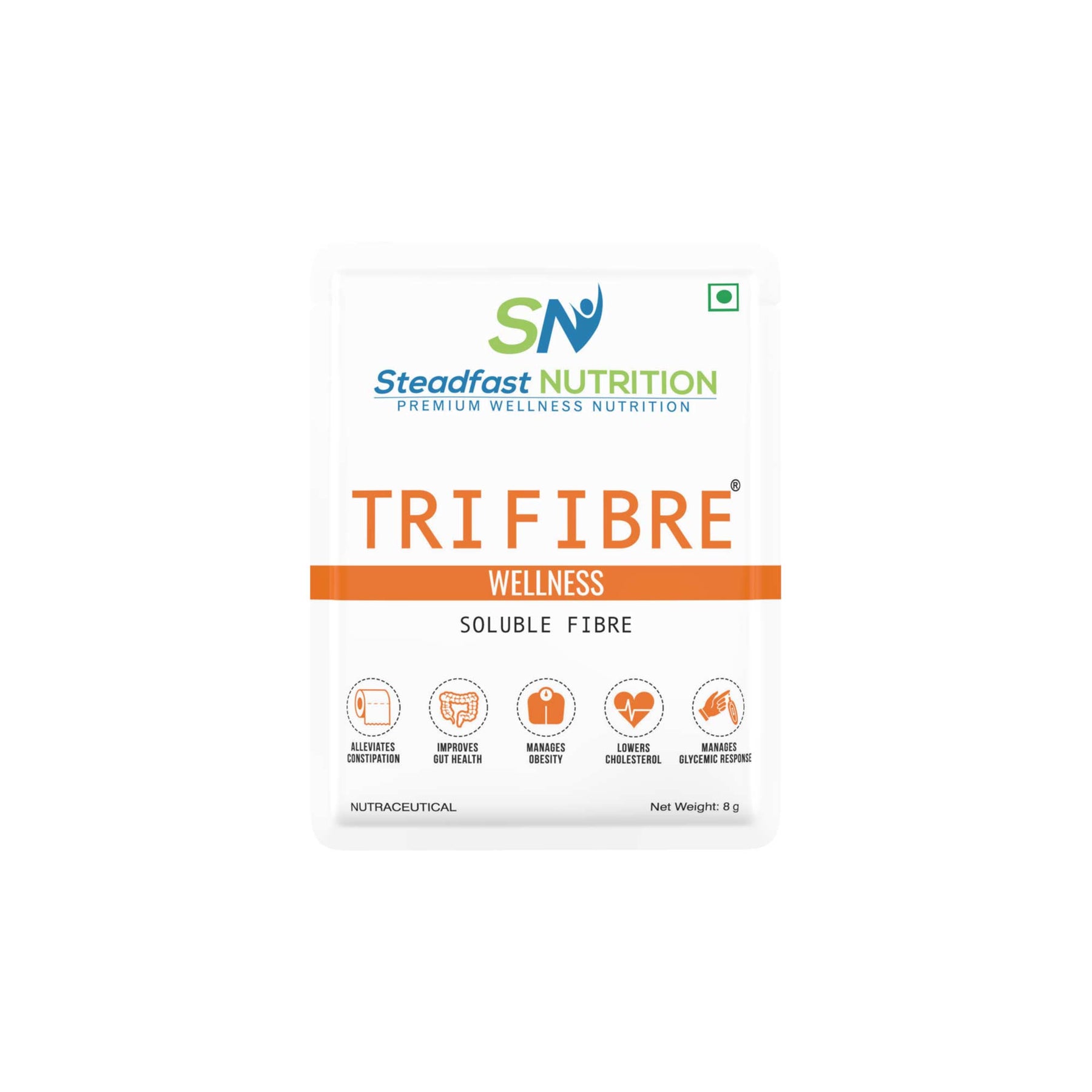These days, increased consumption of refined foods like refined flour and sugar-based processed foods, with no fibre, people are prone to weight gain and illnesses.
Dietary fibre( kind of complex carbohydrate) are potential prebiotics, great for one’s health. Dietary Fibre is a portion of food found in whole grains, vegetables, fruits, etc.
“All prebiotics are fibre, not all fibres are prebiotic”. (Markowian et al,2017).
Prebiotics are dietary substances (mostly consisting of non-starch polysaccharides and oligosaccharides poorly digested by human enzymes) that nurture the gut-friendly microorganisms. In other words, a selectively fermented ingredient that acts as a feed for the gut microflora, allows them to multiply and confers health benefits.” For instance, Lactobacilli and bifidobacteria are the usual target genera for prebiotics.
Probiotics are “live strains off strictly selected microorganisms which, when administered in adequate amounts, confer health benefits”. (ISAPP,2013). Eg, fermented milk, soy products, vegetables like curd, yogurt, miso, kimchi, etc.
Probiotic organisms are crucial for maintaining the balance of human intestinal microbiota. Scientific studies confirm their positive health effects and attributes towards a high therapeutic potential for the following conditions:-
Obesity
- Insulin resistance syndrome
Type 2 diabetes
Non-alcohol hepatic steatosis.
Probiotics may be helpful in the treatment of irritable bowel syndrome, enteritis, bacterial infections, and various gastrointestinal disorders and diarrhoea. The positive effects of probiotics on human health have been demonstrated by increasing the body’s immunity (immunomodulation).
Potential Prebiotic Food sources:- tomatoes, artichokes, bananas, asparagus, berries, garlic, onions, chicory, green vegetables, legumes, as well as oats, linseed, barley, and wheat (Playney 2008).
Classification of Prebiotics
Types of Non-starch Saccharides (Dietary Fibre)
Based on the number of monomers bound together they may be classified as:-
Oligosaccharides (3–10 monomers):- fructooligosaccharides, galactooligosaccharides, xylooligosaccharides, and isomaltooligosaccharides.
Polysaccharides ( >10 monomers) - inulin, Cellulose, hemicellulose, pectins, gums, substances obtained from marine algae.
The molecular structure of prebiotics determine their physiological effects and the types of microorganisms that cause them as a source of carbon and energy in the human bowel.
Prebiotic exhibits the following properties:-
- Resist gastric acidity
- Not digested (or only partially digested) and not absorbed in the small intestine
- Well fermented by the beneficial intestinal microflora;
- Selectively stimulates the growth of intestinal bacteria potentially associated with positive health and well-being.
Trifibre:- Prebiotic properties and health benefits
The dietary fibre (both soluble and insoluble) health benefits as mentioned below:-
- Decreases the prevalence of infectious and antibiotic-associated diarrhoea;
- Reduces the inflammation and symptoms associated with inflammatory bowel disease;
- Exerts protective effects to prevent colon cancer
- Glorify the bioavailability and uptake of certain minerals, including calcium, magnesium.
- Lowers some risk factors for heart diseases
- Promotes satiety and weight loss
ICMR has recommended adults to have 45 gms of fibre daily to conquer the benefits. Dietary fibre supplements like SN Tri-fibre are great alternatives to fulfil your daily fibre needs.
- Prebiotics and Probiotics share a symbiotic relationship
- Prebiotics may be used as an alternative to probiotics, or as additional support for them.
- Prebiotics are not digested by host enzymes and reach the colon in a practically unaltered form, where they are fermented by the gut bacteria (e.g., Bifidobacterium genus).
- The consumption of prebiotics largely affects the composition of the intestinal microbiota and its metabolic activity.
This is due to the modulation of lipid metabolism, enhanced the absorbability of calcium, effect on the immunological system, and modification of the bowel function.
Tri Fibre is a Clear Soluble Fibre and has the following benefits:-
- It is a blend of three fibres - Inulin, Resistant Maltodextrin, Hydrolysed Guar gum. Fructans, such as inulin and oligofructose, are believed to be the most used and effective with many species of probiotics [Kosikowsk, 2000, et al.)
- Acts as a Prebiotic for Probiotic:- feed for gut-healthy bacteria. They are 100% fermentability- fully utilised by gut bacteria. It is great for gut health.
- Constipation Relief and improve bowel movement:- Tri -fibre being soluble, entraps water which adds bulk o the faeces.
- Odourless, tasteless, resistant to heat and acid - can be consumed directly with water or can be mixed with any soup, smoothie, etc.
- Low risk of heart diseases:- Soluble fibres help control serum LDL cholesterol (bad cholesterol) & triglycerides level by removing lipid or cholesterol particles.
- Manages Obesity:- it gives a better satiety feeling and helps remove the toxins from the body.
- Glucose Response:- Tri -fibre delays the digestion time and sugar release in the blood which help manage the serum sugar levels.
- Lastly, it is important to include a good amount of fibre to maintain good health and tri-fibre is one such prebiotic supplement which can be safely included daily by all age groups.
Another fact, bifidobacteria usually reside in the human colon and have a preference for oligosaccharides.
References:-
Gibson G.R., Roberfroid M.B. Dietary modulation of the human colonic microbiota: Introducing the concept of prebiotics. J. Nutr. 1995;125:1401–1412. [PubMed].
Markowiak P and S ́liz ̇ewska K, 2017.Effects of Probiotics, Prebiotics, and Synbiotics on Human Health. Nutrients 9, 1021; doi:10.3390/nu9091021
•Crittenden,R.;Playne,M.J.NutritionNews.Factsandfunctionsofprebiotics,probioticsandsynbiotics. In Handbook of Probiotics and Prebiotics; Lee, Y.K., Salminen, S., Eds.; Wiley-Interscience, Kansas State University: Hoboken, NJ, USA; Manhattan, KS, USA, 2008; pp. 535–582.
•Jakubczyk, E.; Kosikowska, M. Nowa generacja mlecznych produktów fermentowanych z udziałem probiotyków i prebiotyków, produkty synbiotyczne. Prz. Mlecz. 2000, 12, 397–400.


 Buy Now
Buy Now